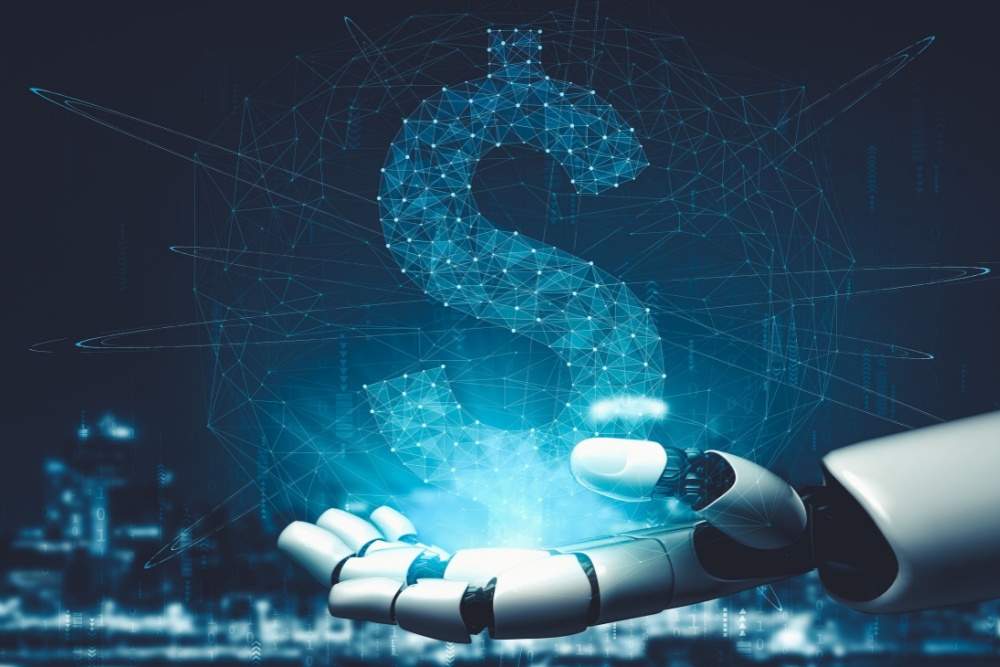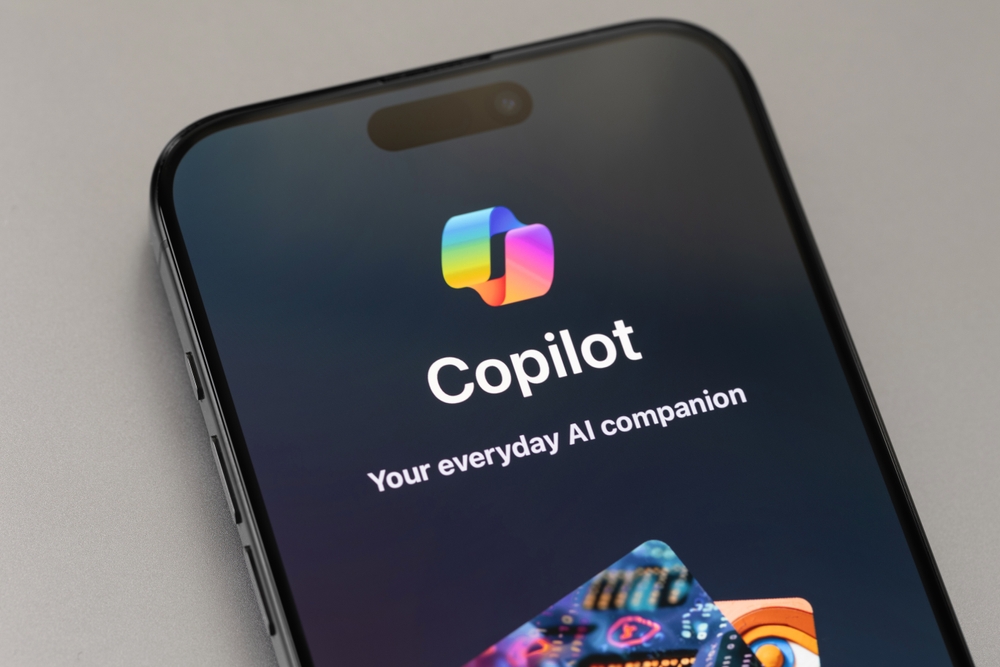I recommend giving anyone willing to use these tools access to their premium versions. The payoff isn’t just in productivity—premium generative AI tools can improve research, writing, outreach, and even funding decisions.
Why Generative AI is a Smart Investment
Businesses must constantly improve efficiency while remaining effective. One often-overlooked strategy is equipping knowledge workers with premium generative AI tools. These technologies streamline workflows, reduce manual tasks, and free employees to focus on higher-impact work. In this post, I’ll break down why investing in generative AI isn’t just a trend—it’s a practical move for companies looking to sharpen their competitive edge or research prowess.
The Value of Knowledge Workers
Knowledge workers, typically earning between $50 and $125 per hour, play a critical role in most organizations. Their work involves problem-solving, data analysis, and strategic decision-making—tasks that demand focus and expertise but can get bogged down by repetitive processes. Generative AI cuts through that noise, handling routine tasks so employees can spend more time on work that drives real value.
How Generative AI Boosts Productivity
Generative AI isn’t just about automating tasks—it’s transforming how teams communicate, collaborate, and create. The McKinsey Global Institute estimates that generative AI could add between $2.6 trillion and $4.4 trillion to global corporate profits each year by increasing productivity in sectors like banking, technology, and life sciences. AI can handle everything from drafting reports and generating content to assisting in software development, cutting down on manual work and speeding up project timelines.
The Financial Upside of Premium Generative AI
Automating even small portions of a knowledge worker’s day can lead to significant savings. For example, if an employee earning $75 an hour automates just one hour of work daily, that translates to $18,750 saved per year. Scale that across teams of hundreds or thousands, and the financial impact becomes undeniable.
The Human Upside
But it’s not just about cutting costs. Generative AI also enables teams to focus on the core of the problem. It can lead to higher-quality research and more effective use of resources. If a vaccine becomes available months earlier, the cost savings translate to human lives. If a new crop resistant to pests or disease is developed a year sooner, the lives saved could number in the millions.
Overcoming the Challenges
Introducing AI into the workplace isn’t without its hurdles. Data privacy concerns, the need for employee training, and resistance to change can slow adoption. But these challenges aren’t insurmountable. In fact, I’d argue that success is becoming the norm. Every week, we see new breakthroughs in the application of AI.
A Strategic Imperative
Ignoring the potential of premium generative AI tools isn’t just a missed opportunity—it’s a competitive risk. Automating routine work allows knowledge workers to focus on what matters most, leading to measurable productivity gains and stronger financial performance. As generative AI continues to evolve, companies that invest early will be better positioned to adapt and grow. This isn’t about following a trend—it’s about making smarter, more efficient business decisions.





0 Comments